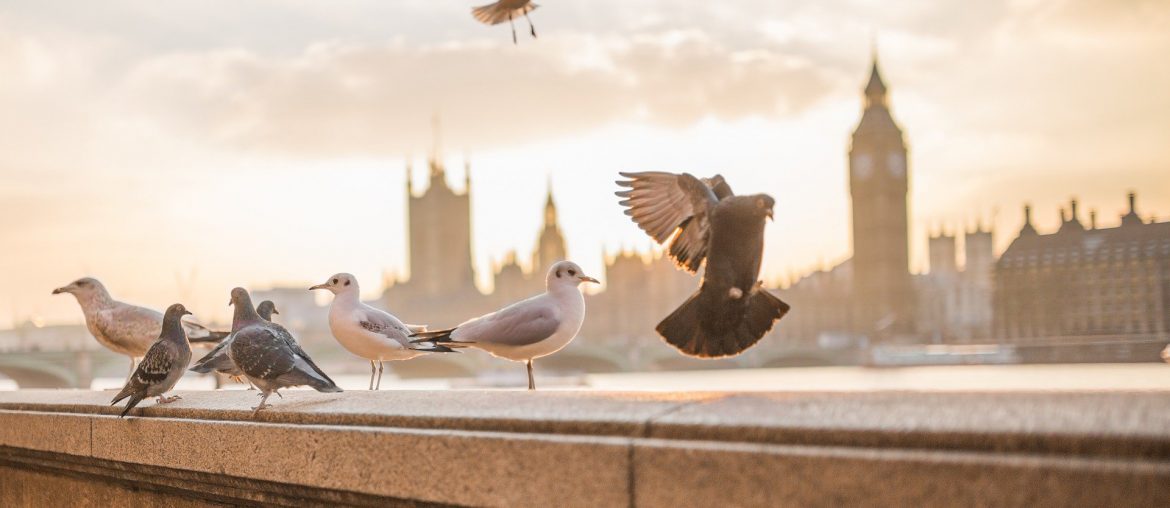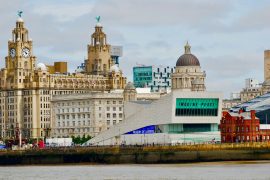Steeped in 2,000 years of amazing history, London is home to a world-famous collection of national monuments, castles, cathedrals and museums. The city charts the rise and fall of empires, from the Londinium of the earliest Roman settlers, the Anglo-Saxons, Normans and Tudors through the Industrial Revolution, Victorians and the modern-day Elizabethans, each of which has left an indelible mark on the fabric of the city. Visitors to London know the most famous spots but there’s a world of hidden – and equally astonishing – places to explore in this timeless destination.
Early History
When the Romans arrived in ‘Britannia’ in 43AD, they set about fortifying what would become the city of Londinium.
The London Roman Wall & Fort was built around 200AD and fortified the new city. Over the centuries much became obscured by medieval additions, demolition and development but there remain exceptionally well-preserved elements including a wall section at Tower Hill, the fort on Noble Street and parts of the fortifications in a car park near the Museum of London. For fans of ancient Rome it’s worth the hunt.
After the Romans left in the 5th century, the city was a shadow of its former glory but was reinvigorated as the Anglo-Saxon period evolved. One of the first marks they left was All-Hallows-by-the-Tower, one of London’s oldest churches. Built around 675, it was constructed on top of earlier Roman buildings, and you will see a 7th century Saxon arch, Saxon coffins, stones from a Crusader castle and the mosaic flooring of a 2nd century Roman villa. Largely ignored by tourists, it is nevertheless a fascinating place to explore and worthy of a place on any list of interesting London tourist attractions.
Around the same time, St Bride’s Church in what became Fleet Street was built. Worship probably dates to the mid-7th century as the Middle Saxons converted to Christianity. A succession of churches has existed on the site, the latest incarnation designed by Sir Christopher Wren in 1672.
The Middle Ages
Moving past the turn of the first millennium, the ruins of the ancient church of St Dunstan-in-the-East is another hidden gem. Constructed around 1100, it was damaged during the Great Fire of London in 1666 and essentially destroyed in the Blitz but today the ruins, overlooked by Wren’s steeple, is surrounded by a pretty public garden.
Deeper into the Middle Ages, Winchester Palace was built in the 12th century as an episcopal palace for the all-powerful Bishops of Winchester. It remained in use until the 17th century and was destroyed by fire in 1814. Parts of the Great Hall (c. 1136) and the stunning Rose Window are still visible, albeit largely ignored by the thousands who walk past it every day.
Staying in the 12th century, our next stop is the Templar Church. It was consecrated in 1185 and named for the Knights Templar, one of Christendom’s wealthiest and most powerful military orders. Originally built in a circular form to echo Jerusalem’s Church of the Holy Sepulchre, visitor numbers have grown thanks to its role in The Da Vinci Code and effigies of ten Templar knights on the floor.
The Georgian Era and Beyond
London flourished in the 1700s. The Industrial Revolution and the Empire were gathering pace and Benjamin Franklin, one of the Founding Fathers of the United States lived on Craven Street. Benjamin Franklin House is the polymath’s only surviving former residence and the museum examines his life and work.
Just north of central London is Highgate Cemetery. Most famous as the final resting place of many prominent people from the worlds of science, literature, the arts, music and politics, the interred include philosopher Karl Marx, punk impresario Malcolm McLaren, physicist Michael Faraday and painter Lucien Freud.
This next site is as hidden as hidden gets! Churchill’s Secret Bunker in Neasden is forty feet underground and designed to be the Government’s nerve centre during WW2 in the event Britain couldn’t defend itself from air attack. The only entrance to the 40+ rooms – open twice a year for guided tours – is a nondescript brick enclosure on a residential street with most dwellers unaware of what’s beneath their feet!
The last place on our list of London attractions not to miss is Kelvedon Hatch Nuclear Bunker in Brentwoodwhich was designed to house up to 600 personnel – including the PM – 100 metres underground in the event of a nuclear attack. It remains largely untouched – albeit converted into a fascinating private museum – so you’ll see the original equipment including its own BBC studio.




